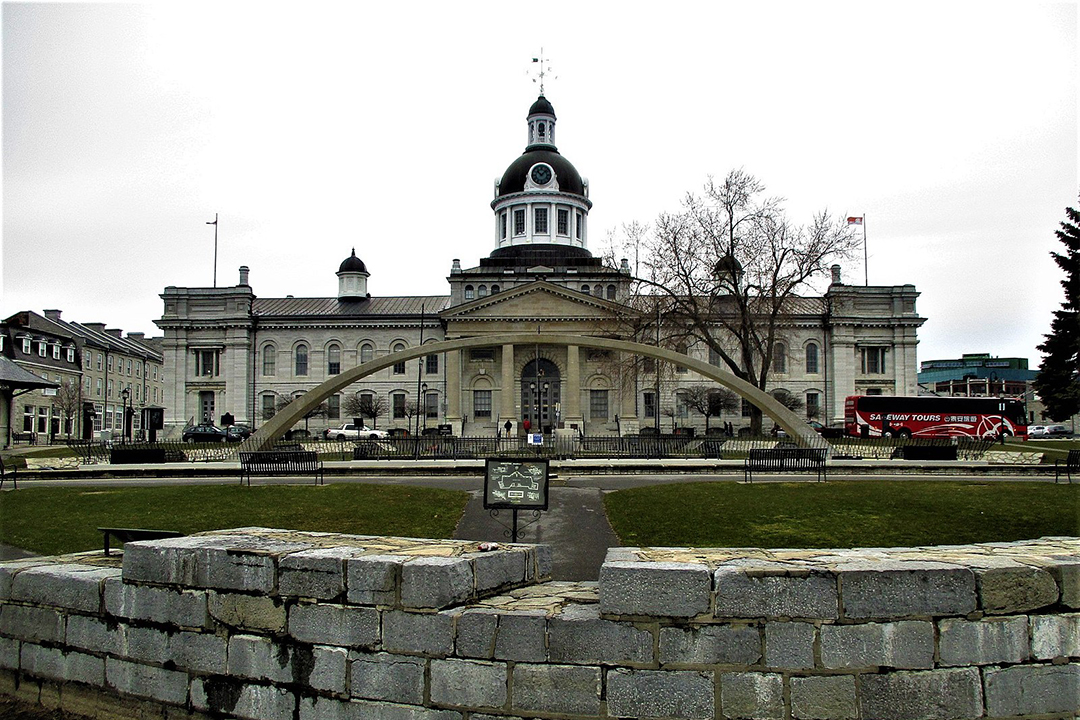Content warning: This article describes instances of racism and racial slurs.
I grew up in Kingston, Ontario — a community that, in 2016, was 74.4 per cent European. I was usually one of three visibly minoritized people in my class throughout elementary school and high school. Most times, I was the only Black girl.
In this city that lacked diversity, race and racism were rarely addressed in the classroom. I presume that this was partially because teachers feared upsetting sensitive white parents, some of whom were hell-bent on the idea that racism is a myth.
One of the rare times we talked about racism at school was when we read the novel To Kill a Mockingbird.
To Kill a Mockingbird is written by Harper Lee, a Caucasian woman who grew up in Alabama. Although it is based loosely on Lee’s childhood experiences, the Pulitzer Prize-winning novel capitalizes on Black trauma. It also pushes a white saviour narrative — a white person wanting to help a Black person in a self-serving way — through the main character of Atticus, a white lawyer who attempts to defend the Black character Tom Robinson. In my opinion, this literature was very fitting for my white Catholic school.
While my class read this book, non-Black students were given a pass to say the n-word in class without repercussions. Teachers would say, “If you are uncomfortable with this word, you should be” — as if using it was a way of learning for students. Most of these students joked about the word after class; the only ones left uncomfortable were their Black peers, who had already experienced the violence of this word firsthand. So, at the expense of our security and comfort, we were forced to teach our peers about racism and anti-Blackness.
This anecdote perfectly encapsulates my experience in a predominantly white setting.
Kingston itself is a geographically beautiful city located on the coast of Lake Ontario. It’s also a historical landmark — it was home to Sir John A. Macdonald, Canada’s first prime minister, and was named the first capital of Canada in 1841. However, the uniqueness of Kingston should not distract us from the ugliness within the city — specifically the anti-Black epidemic that has been present for years and that continues to run rampant.
I lived in Kingston for 18 years. I can recall countless racist experiences, and I know many other people of colour who share stories similar to mine. By the time high school began, I couldn’t walk down hallways without hearing a racial slur. I couldn’t go to history class without hearing jokes about slavery. The teachers would remain silent, and people who claimed to be my acquaintances would refuse to advocate for me.
This was an alienating and disheartening time. After witnessing the complacency of my peers, I learned to lower my expectations about how people should treat me. I also began to recognize that I was the only person who could advocate for me.
It got to the point where, at the beginning of every school year, I counted how many days were left until summer vacation. It was never because I hated school — I loved it. My family had always valued education, and those values still resonate with me today. Instead, I counted down the days because I couldn’t handle the environment. It was insufferable being gaslit by my peers about my emotions. It was insufferable speaking to my school’s principal about racism, knowing that he would make promises to me that he had no intention of staying true to.
By my last year in high school, I had reached an unprecedented level of exhaustion. My mother, as a first-generation immigrant, had found different ways to cope with racism. She believed that I had to ignore it and focus on myself. She said that I was talented and bright; “You don’t have to worry about what’s going on with them because you have a future ahead of you,” she claimed.
I admired her optimism, but I don’t think I will be apathetic about how people perceive me. I don’t believe this is a character flaw of mine, either. Because of my experiences, I’ve developed stronger self-advocacy skills.
Though it felt like no change was being made, I’d like to hope that, by being one of the few people who critiqued its normalized racism, I made a dent in my school. I hope I challenged at least one of my peers or teachers to think critically about race. I hope that, going forward, my school will protect vulnerable communities. And I hope that inevitably, this progress will get to a point where Black youth are not traumatized in the name of a white child’s growth and development.


